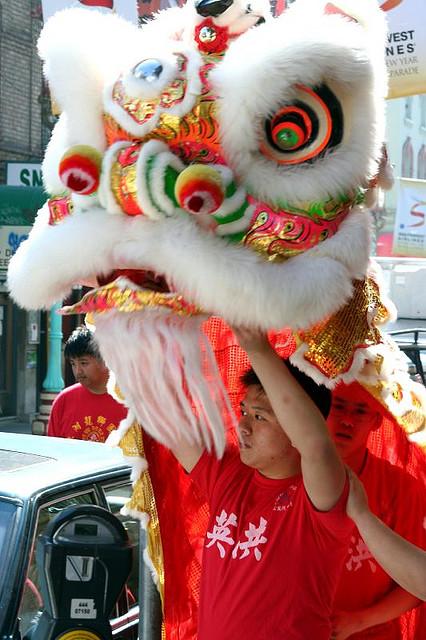
Are New Year celebrations clouding China data?
The burgeoning scale of festivities may have caused seasonal distortions.
This is why the spate of positive news coming from China and around the Asian region should be taken with a little grain of salt and a dollop of skepticism, cautions HSBC.
Here's more from HSBC:
We don't want to spoil the mood. But it's important to take a little more nuanced view of it all. The Chinese New Year falls into January this time around, rather than February as in 2011. If you are unfamiliar with what this entails, simply think of Christmas and Thanksgiving mixed together, and a few dragons added for decoration. The bottom line is this: everyone who can afford to takes time off and travels home, bringing gifts along, and factories shut down across the country. To grasp the scale, simply consider that during this year's festivities China's railways expect to sell some 2.8 billion tickets. Yes, 2.8 billion.
In anticipation of all that shopping, and of idle factories as staff take their leave, firms raised their production in December. But, this is a mere seasonal bounce, soon to be followed by an equally seasonal slump. Note that this effect is hardly confined to China. Across the region, the Chinese New Year yanks supply chains, not least because China has replaced Western markets as the biggest trading partner for many neighbors.
Usually, economists, armed with fancy software packages, are able to strip the data from such seasonal effects. However, in China's case, there are three reasons why this is exceedingly difficult. First, unlike Christmas, the holidays move around, being subject to the lunar calendar. It is far easier to clean the data of a holiday effect if it reoccurs at the same time.
Second, given China's rampant growth, the seasonal effect of the Chinese New Year on the region, and the world economy at large, grows with every year. This makes it virtually impossible to strip out seasonal distortions: if the effect changes over time (growing bigger in this case), the holiday wobble will also differ from one year to the next. This is clearly difficult to iron out with statistical tricks.
Third, the nature of China's New Year celebrations is changing as well. As the nation becomes rapidly more affluent, employees can afford to take more time off and spend extra money on gifts and leisure. So, it is not just that China is becoming bigger, but the holiday is growing more economically significant as well. The seasonality, in short, is becoming more pronounced.
China's New Year celebrations make it therefore harder to read recent economic data. Whereas the traditional Christmas effect is well understood (Asian output and exports rise between September and November, and fall into a hole thereafter), and relatively stable, this is an entirely new beast. The seasonal distortions will carry well into February when China begins to recover from its holiday hangover.
























 Advertise
Advertise










